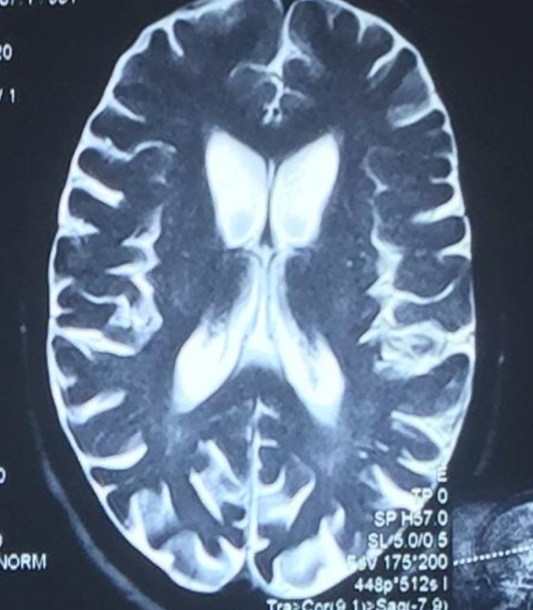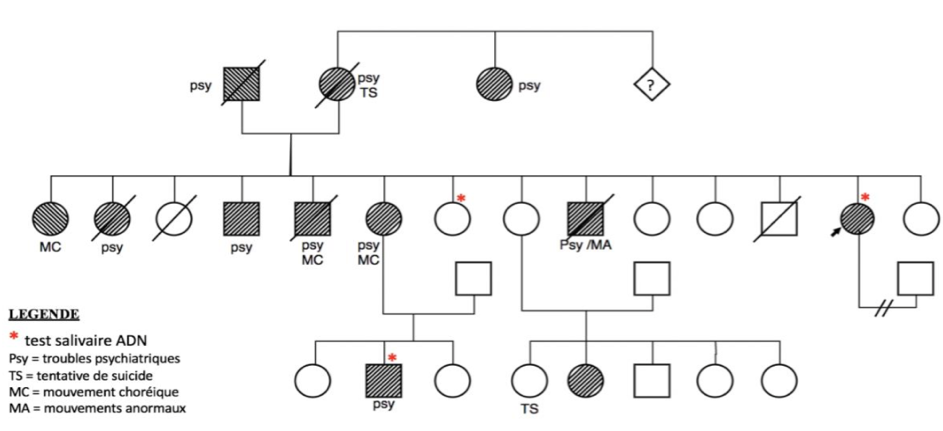Category: Huntington's Disease
Objective: The objective of this study was to describe the epidemiological and clinical aspects of Huntington’s disease in Senegal.
Background: Huntington′s disease (HD) is an autosomal dominant neurodegenerative disorder caused by an abnormal expansion of a CAG repeat in the huntingtin gene. Neurodegeneration of striatum and cortex with a severe atrophy at MRI are common findings in HD.
It remains little known and very poorly described in Sub-Saharan Africa. The care itinerary of the patients is long and there are often diagnostic errors. Only six cases have been described in Senegal, including three adult cases in 1985 and three paediatric cases in 2000.
The creation of a specialised unit for the management of movement disorders in Senegal since 2020 has allowed for greater visibility of this disease.
Method: We conducted a prospective and descriptive study from January 2020 to August 2022 in patients received in consultation for movement disorders based on phenotypes and family history and DNA tests after personal and/or family consent of the patients.
Results:
Six HD families including 8 patients were enrolled in the study. The mean age was 47.6 years (25 and 74 years) and the mean time to clinical presentation was 6 years (1 and 14 years). A family history was found in 93% of patients. Seven patients had choreic movements. The main motor disorders were: chorea, oculomotor disorders, dysphagia, akineto-rigid syndrome, and gait disorders. Psychiatric disorders in 80% of patients were: behavioural disorders, depressive syndrome, phobia, irritability, anxiety, hallucination. Moderate dementia was found in 67% of cases with a MoCA score < 25 and dysautonomia in 50%. A cerebral MRI in 80% of cases found atrophy of the nuclei and cortico-subcortical atrophy in 60%. A complete biological work-up was normal.
Several therapies were used, including new and latest generation neuroleptics, symptomatic treatment (multivitamins, anxiolytics, antidepressants, etc.), and psychotherapy. The evolution was stationary for 4 patients, 2 were lost to follow-up, 1 patient died and 1 evolved well.
Conclusion: This study shows that HD is not so rare in Senegal and even in sub-Saharan Africa. Increased diagnostic and management facilities would surely facilitate a better understanding of this disease in Africa.
To cite this abstract in AMA style:
M. Fall. Huntington’s disease in Senegal Epidemiological and clinical aspects [abstract]. Mov Disord. 2023; 38 (suppl 1). https://www.mdsabstracts.org/abstract/huntingtons-disease-in-senegal-epidemiological-and-clinical-aspects/. Accessed April 21, 2025.« Back to 2023 International Congress
MDS Abstracts - https://www.mdsabstracts.org/abstract/huntingtons-disease-in-senegal-epidemiological-and-clinical-aspects/


